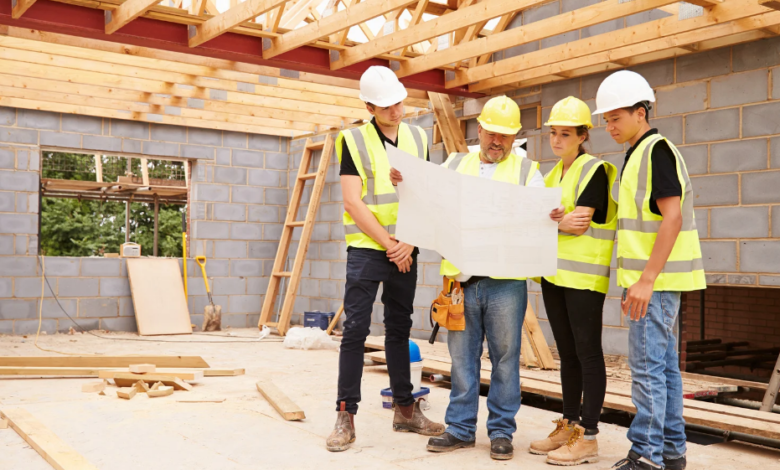Understanding the Permitting and Zoning Process with Your Home Builder

Navigating the process of building a new home involves more than design preferences and floor plans. Permitting, zoning regulations, and municipal approvals can quickly complicate the journey if not managed properly. That’s why choosing a builder who understands the local landscape is essential. A reliable home builder in Ooltewah, TN, can help homeowners move through this process efficiently, ensuring compliance and avoiding unnecessary delays.
Before construction begins, a strong foundation in regulatory processes must be established.
The Basics of Permitting and Zoning
Local governments enforce zoning laws to manage land use and development. These laws determine what type of structure can be built on a parcel, how far it must be set back from the property line, and what utilities must be accounted for. Permitting, meanwhile, ensures that the construction meets safety codes for electrical systems, plumbing, foundation depth, and structural stability.
This framework may vary significantly from one municipality to another, making local insight invaluable. Missteps in this early phase can result in stop-work orders, fines, or the need to revise approved plans mid-build, costing both time and money.
See also: Why FAM Properties Is Trusted by Dubai Homebuyers
Builder Support Through Regulatory Hurdles
Builders with regional experience often have established relationships with local inspectors, planning boards, and permitting departments. This not only speeds up the approval timeline but also helps anticipate potential objections before they arise.
The benefits of working with a local builder become clear in this stage. They understand local zoning classifications, typical approval timeframes, and the documentation required for each jurisdiction. Instead of reacting to regulatory issues, they plan for them from the outset—ensuring that timelines remain on track and expectations are managed.
This knowledge also aids during land assessments. A local builder can interpret site-specific challenges, such as floodplain restrictions or topographical issues, and proactively align them with code requirements.
Preparing the Land for a Successful Start
Once zoning and permits are secured, the next phase involves preparing the site for actual construction. Proper grading, utility connections, and environmental considerations are addressed before the foundation is poured.
Here’s where home builder’s experience in land preparation for construction plays a pivotal role. Builders must coordinate excavation, erosion control, and drainage setup while adhering to local environmental regulations. Without thorough preparation, even the best-designed home can face structural and functional challenges over time.
Professional builders account for soil composition, proximity to utility access, and even the orientation of the home on the lot. These details ensure not just code compliance, but long-term performance of the finished structure.
Why Local Insight Matters
Building codes evolve, zoning maps are revised, and permit processes shift over time. Builders deeply rooted in the region stay informed and adapt their approach as needed. This adaptability translates into fewer surprises during the build and a smoother experience for the homeowner.
Local builders also understand the expectations of nearby homeowners’ associations and neighborhood guidelines—factors that can influence approval decisions and impact project scope.
Conclusion
Permitting and zoning are critical steps in residential construction, and mismanagement in these areas can derail even the most carefully planned projects. Working with a builder who understands the local process, anticipates regulatory demands, and prepares land correctly creates a solid foundation not just for the home, but for the entire building experience.







